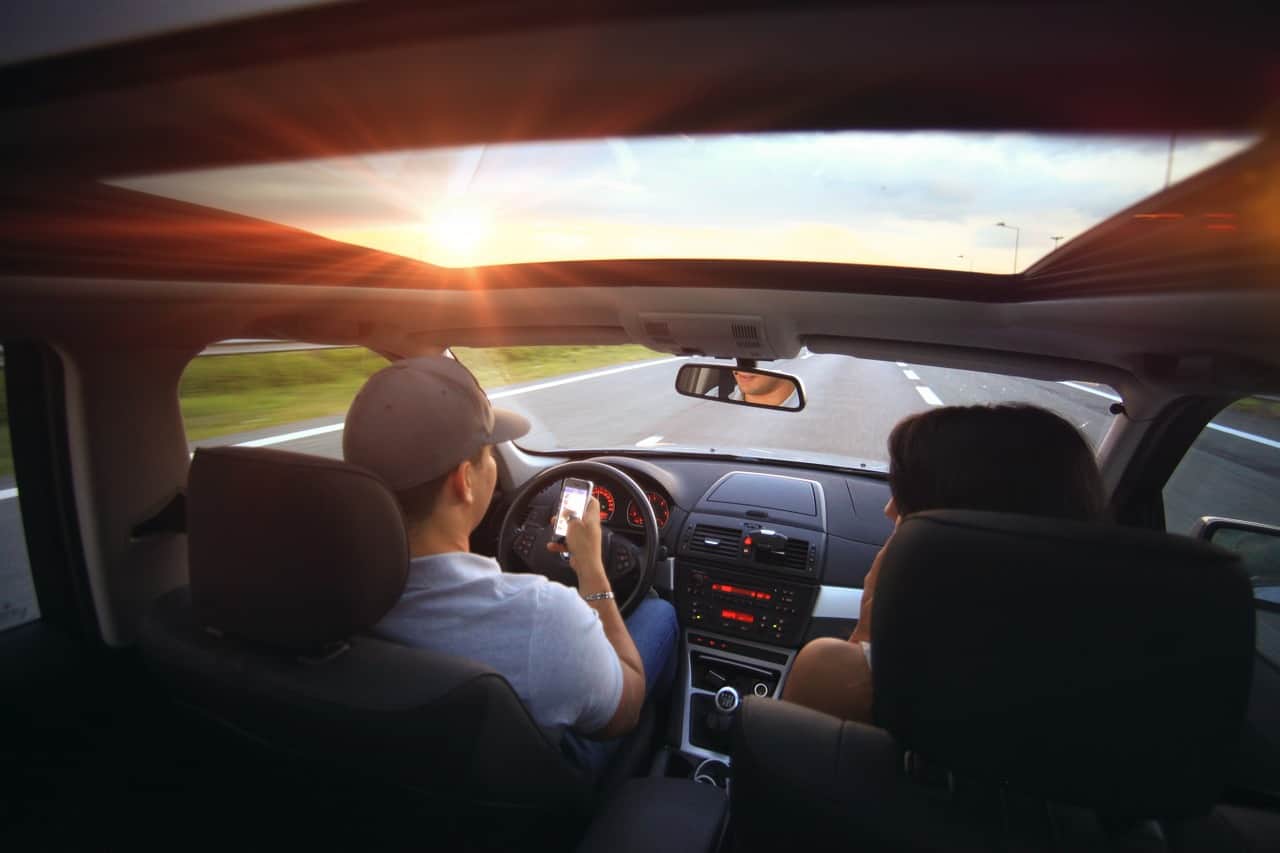
Every parent should take care of their child’s safety when travelling with them. It is crucial to follow the rules and use common sense and care for your child.
First of all, it is worth getting acquainted with the current regulations concerning the carriage of children. These are two accepted standards that must be followed.
Although these are just two rules, they cover a sizable group of children. We are talking about all toddlers up to the age of three and any child whose height is less than 150 centimeters. Of course you should follow the rules, but also listen to the voice of reason. After all, the safety of the child, especially during a collision or accident, is of utmost importance. Parental bravado, thinking in terms of “it will work out somehow” or “but my daughter wanted to ride in front” is not appropriate here. Unfortunately, many parents underestimate the safety rules and unpleasant situations often arise.
A child seat or booster seat is mandatory for children less than 150 centimetres tall. It is also compulsory to use a child safety seat for children under 3 years old. However, there are exceptions to these rules, which are discussed below.
Here the situation is relatively simple. First, the toddler rides backwards in a baby carrier. This can be either the back or the front of the car. Of course, remember to turn off the airbag in the passenger seat. When the child sits up independently or is too big for the carrier, you can decide to buy a seat up to 18/25 kilograms. It is best if it is a seat with side reinforcements, which increases safety in side collisions. If possible, it should be equipped with an isofix system, which in addition to greater stability also guarantees easy installation. Top Tether is another key component of any car seat. Also remember the five-point seat belt.
Preparing a seat in the car for a child over the age of three doesn’t have to be complicated. It’s likely that the same car seat will suffice for some time to come. As your child grows, you should consider replacing it. A good idea will be car seats in the weight range of 15-36 kilograms. This type of model should be sufficient until about 12 years of age. In this case, the height of the headrest is usually adjustable, so as the child grows, the seat grows with him
If your child is less than 150 centimetres tall, but weighs more than 22 kilograms, you can choose a booster seat. It is worth remembering that this solution is increasingly being abandoned for safety reasons. A booster seat will never protect your child as well as a built-in car seat
When a child is taller than 150 centimeters, it can become a full-fledged passenger. Then the front seat is open for him. However, bear in mind that in a frontal collision a child occupying the passenger seat is at risk. So think about the situation, and maybe have your children sit in the back seat after all.